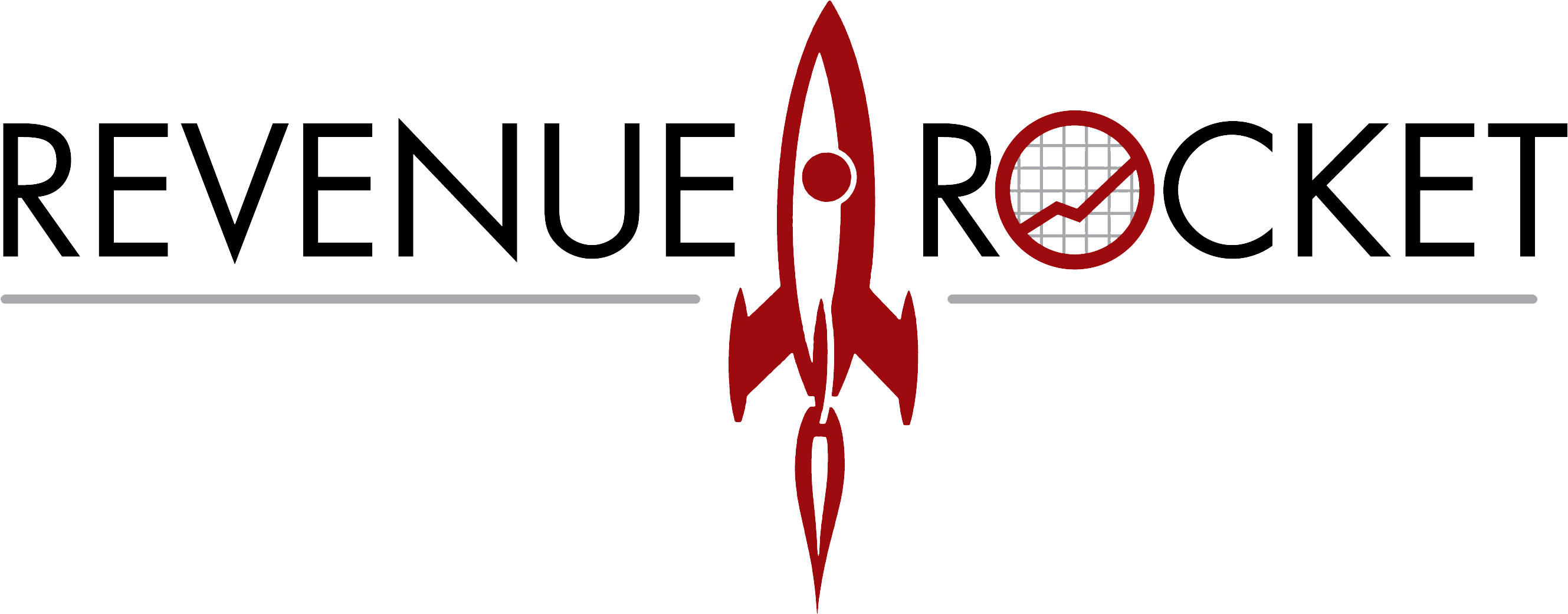
29 Apr Evaluating Add Backs when Acquiring a Company
Add backs play a critical role in adjusting the bottom line when analyzing the valuation of a company.
An add back is a way to financially model an adjusted EBITDA by ‘adding back’ expenses that won’t have an ongoing financial impact after an acquisition. Sellers use add-backs to increase profit which ultimately impacts the valuation of the firm.
A “legitimate” add back is an expense that is for owner benefit that would not continue after a transaction with a new buyer. It’s often something an owner may not have purchased if someone else was running the firm, but since it’s their business, they run the expense through the company.
As a buyer, it’s essential to understand what these expenses are, how they impact the business, and if they will be needed after acquiring a company. In turn, you’ll know what kind of valid profit contribution you can expect. You’ll also want to know when to throw out an adjustment when it’s an ongoing expense, or even dig in when an add back brings up costs that make you question the overall health of the business and decision-making abilities of the owner.
When looking through the P&L here’s three things worth taking a closer look at:
Owners Salary
Owners may pay themselves an excess salary which can be a point of negotiation. How far off are they from fair market compensation and where is there room to adjust? Keep in mind: owner compensation alone is not considered an add back. Someone will still be needed to run the portion of business acquired and a salary, albeit likely lower than before, will always be required.
Only over market compensation should be included in an add back, and the amount should be up for negotiation.
Lifestyle Expenses
Is the business run as lifestyle enhancement, or to optimize growth? Most buyers prefer to acquire a company that is optimizing for growth compared to an investment vehicle for personal gain. Examining add backs through a lens of ‘lost profit reinvestment’ gives an idea of what really might be possible with the firm if profit wasn’t harvested to support the lifestyle of the owners.
Travel
Is it business travel, personal travel or a little bit of both?
Not all travel expenses should be included in an add back as the team running the business going forward will still need to travel. If you’re seeing an expansive travel budget with ten trips a year to Turks and Caicos for “research” or “board meetings,” it’s likely those trips won’t be on the P&L after the acquisition and could be a fair add back. With that said, it also might be a red flag for other expenses in the business that need closer examination.
Do keep in mind: sellers SHOULD have add back considerations within their adjusted EBITDA. If they don’t, they are not leveraging the advantages of owning their business. Reputable businesses and smart business owners will have expenses that help defray tax liabilities. As a buyer, you need to evaluate which of those could have been profit adding items, or something you’ll need to keep running the business going forward.
The team at Revenue Rocket has seen thousands of add backs and how to manage them in an M&A deal. Let’s skyrocket your growth together.


